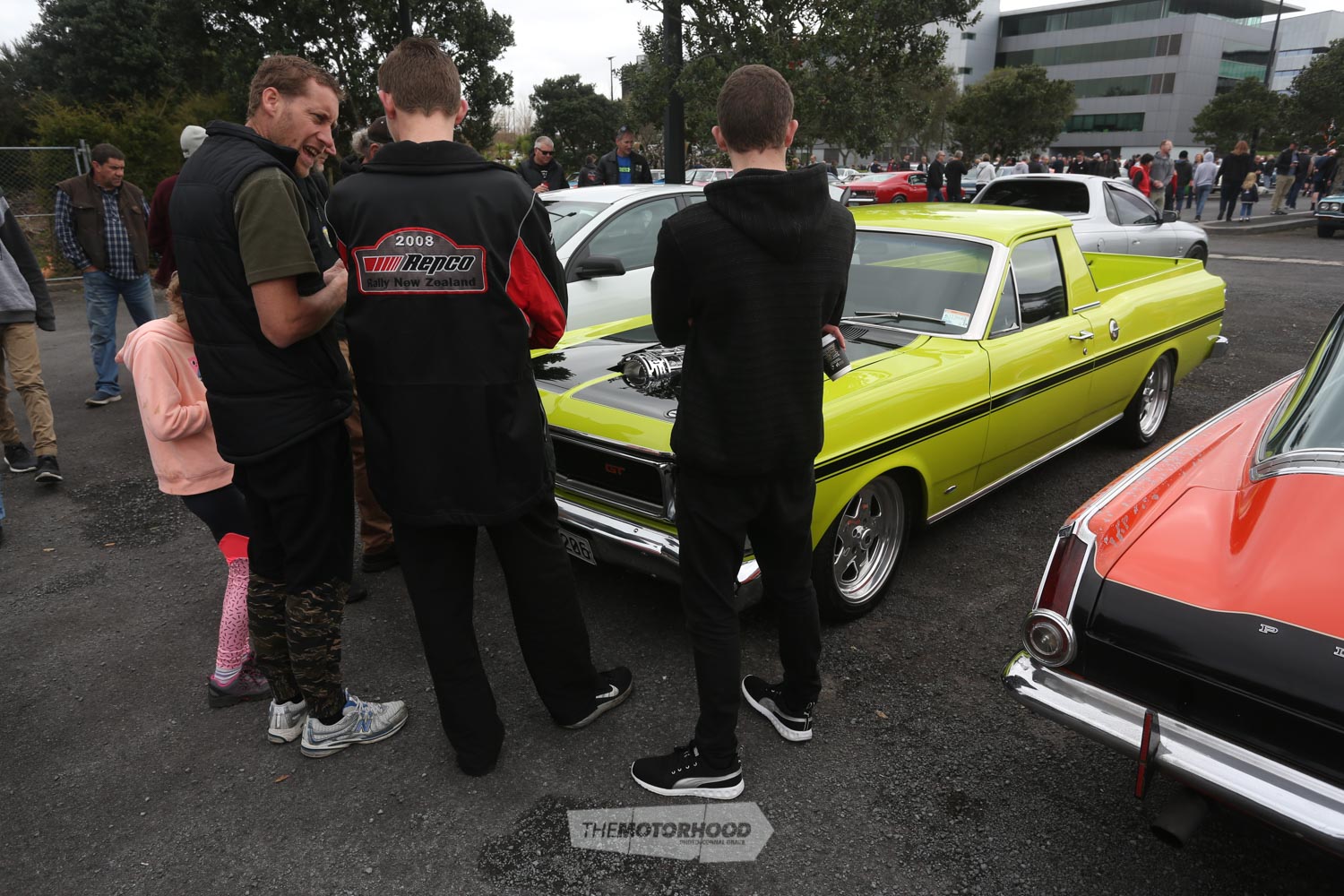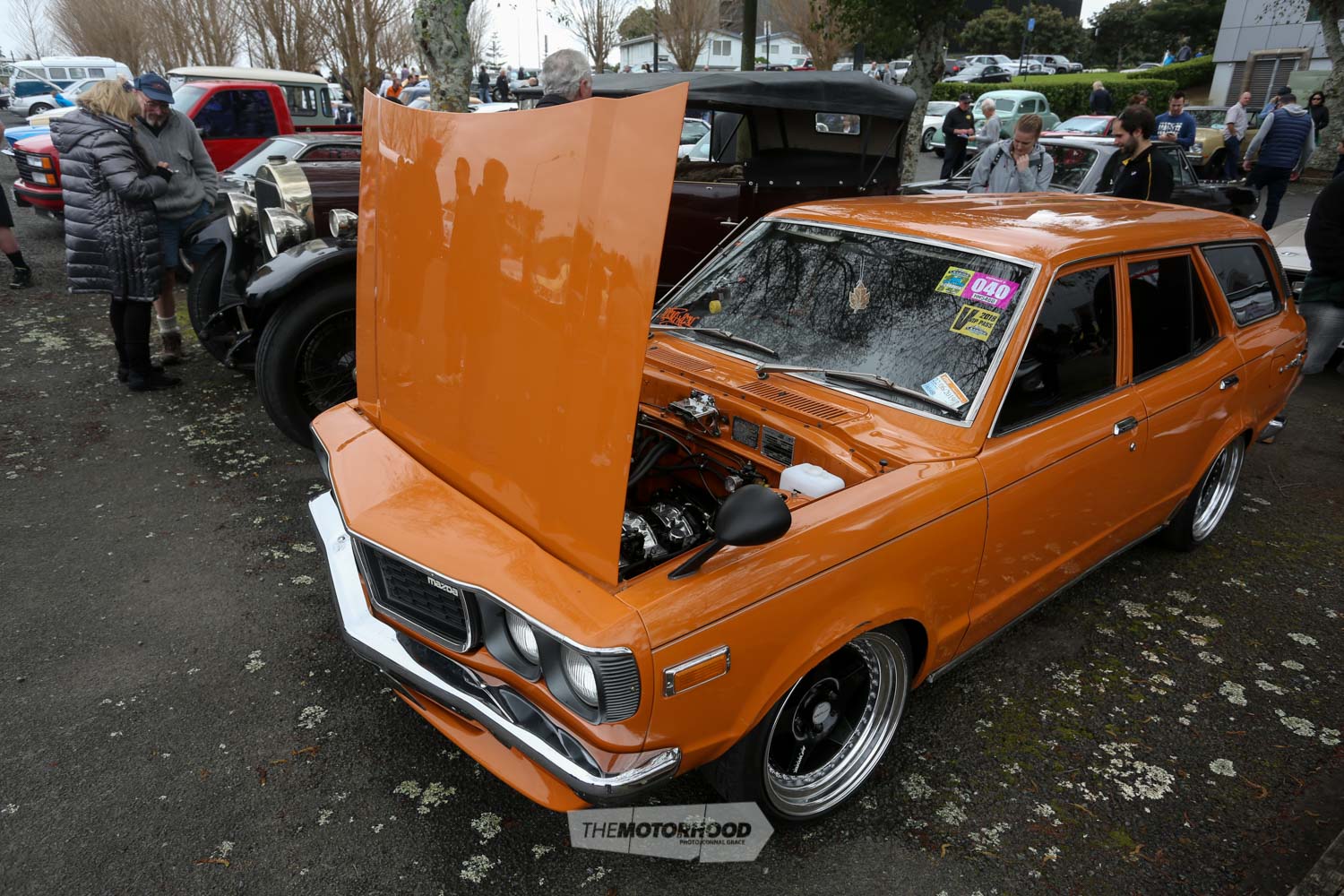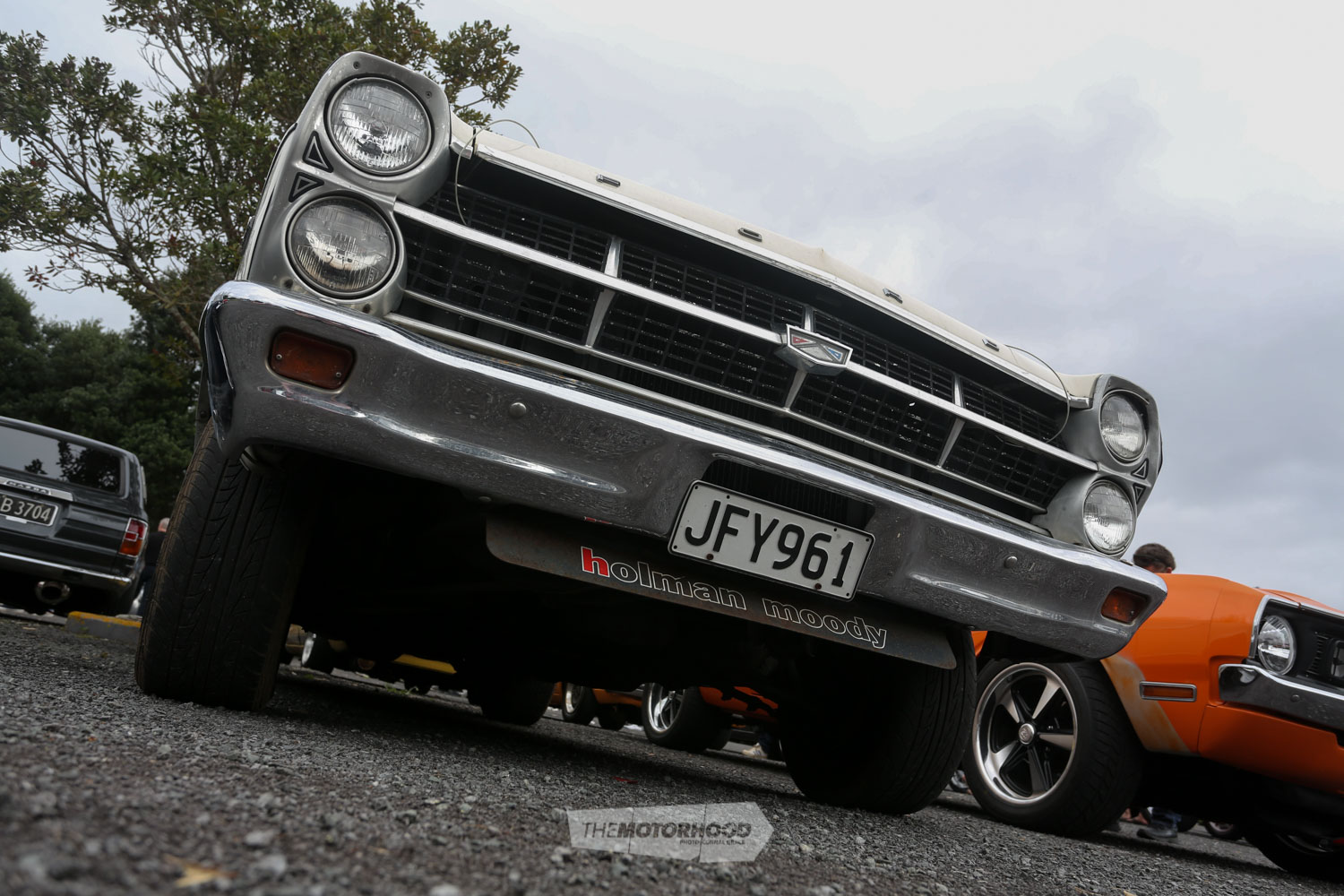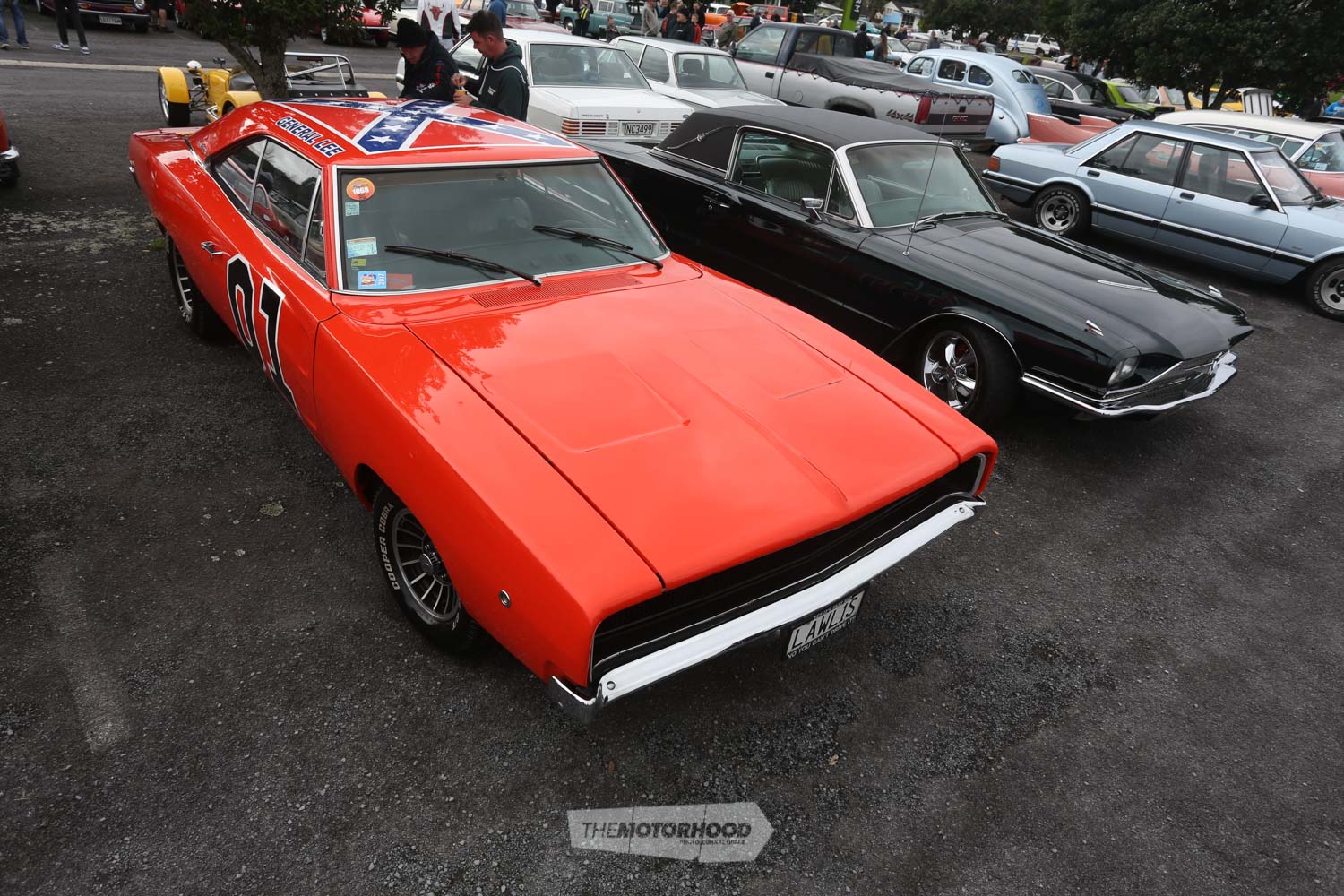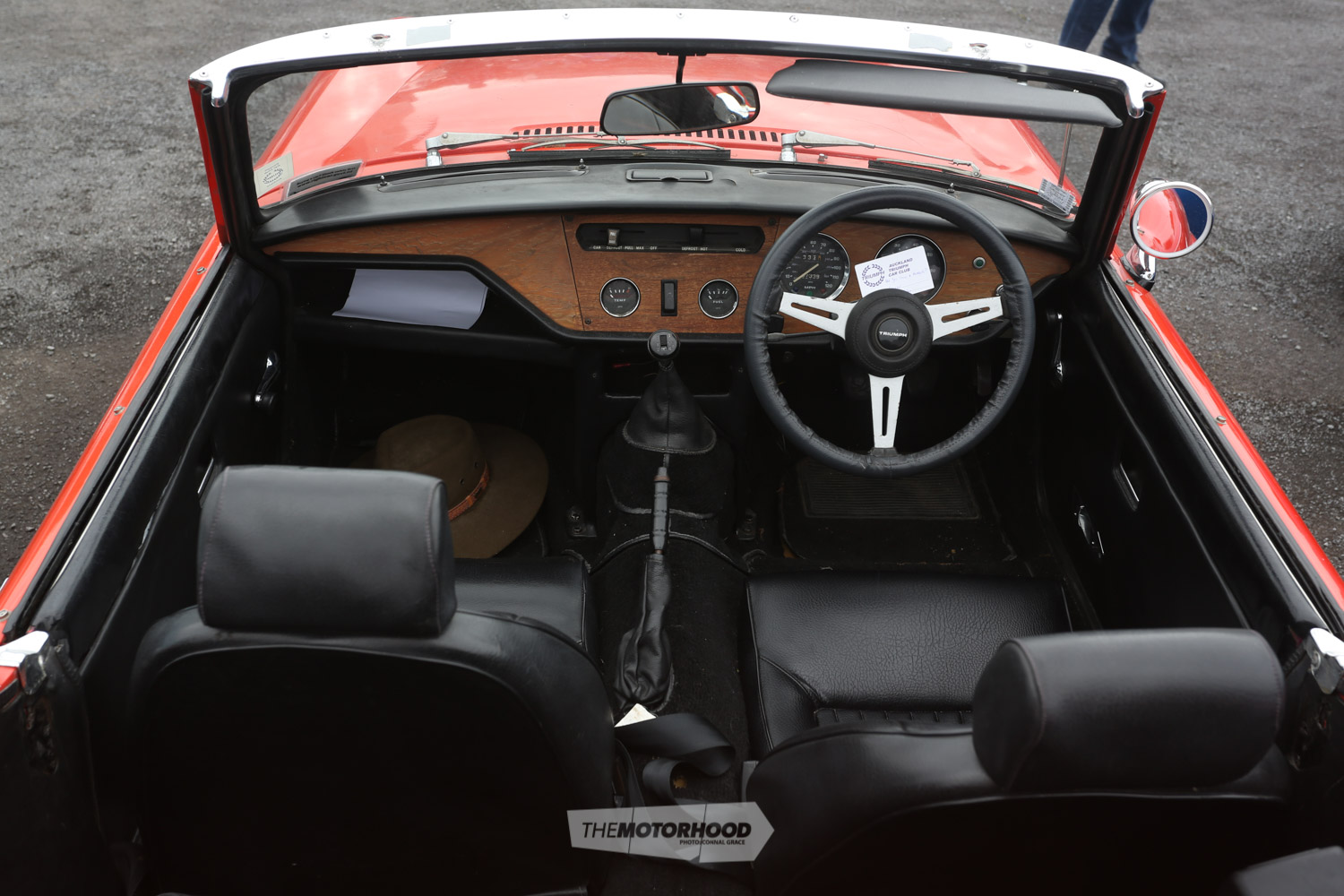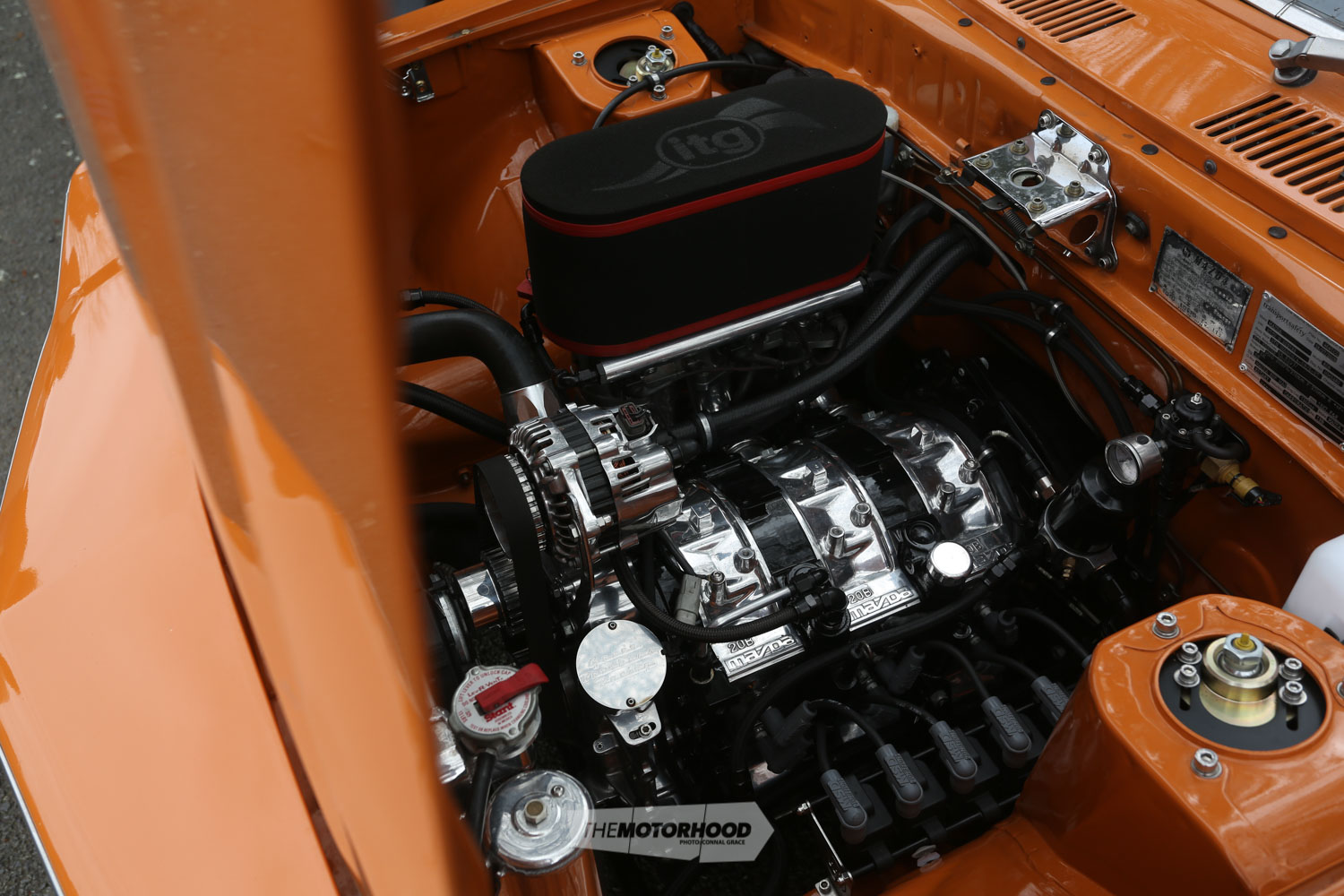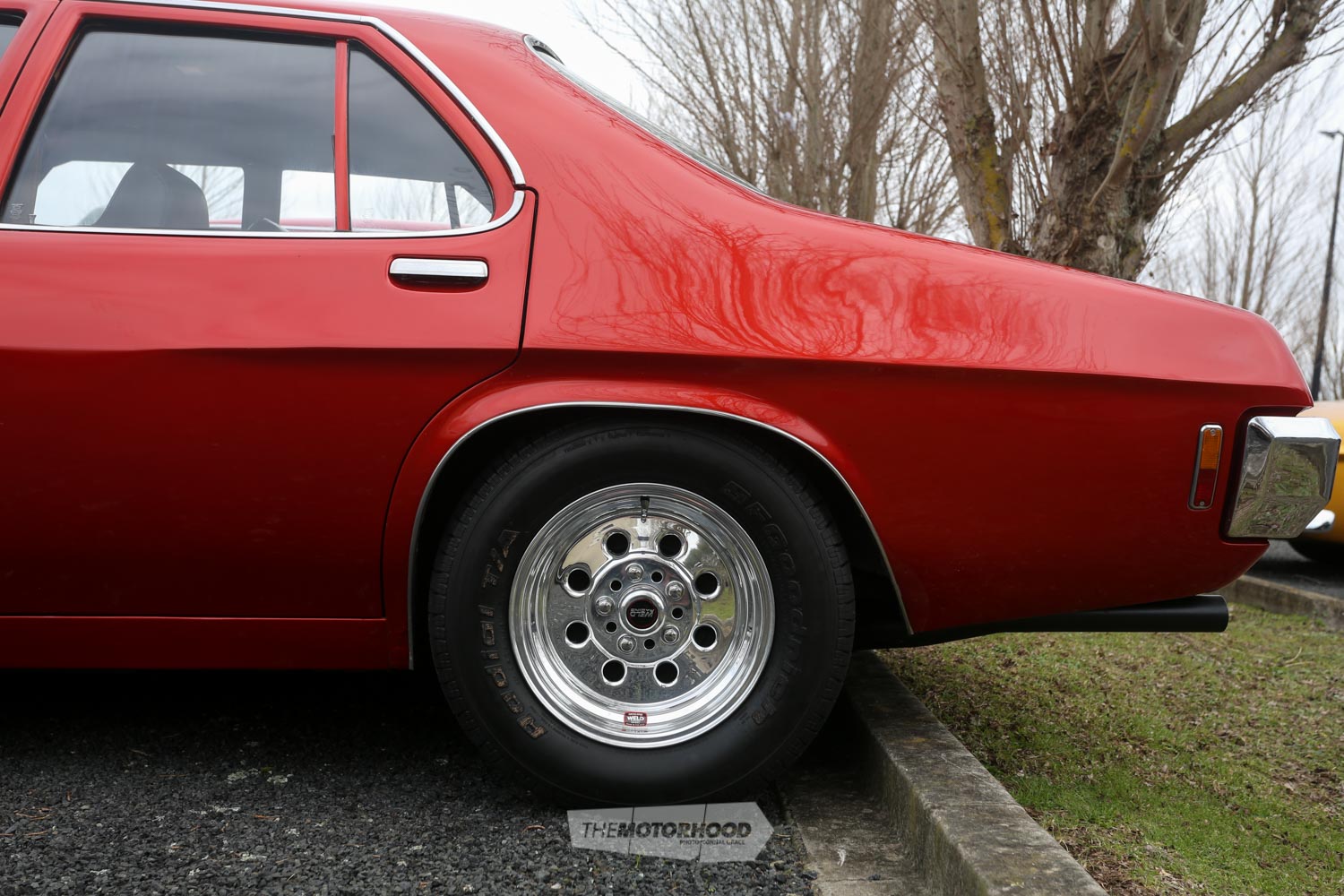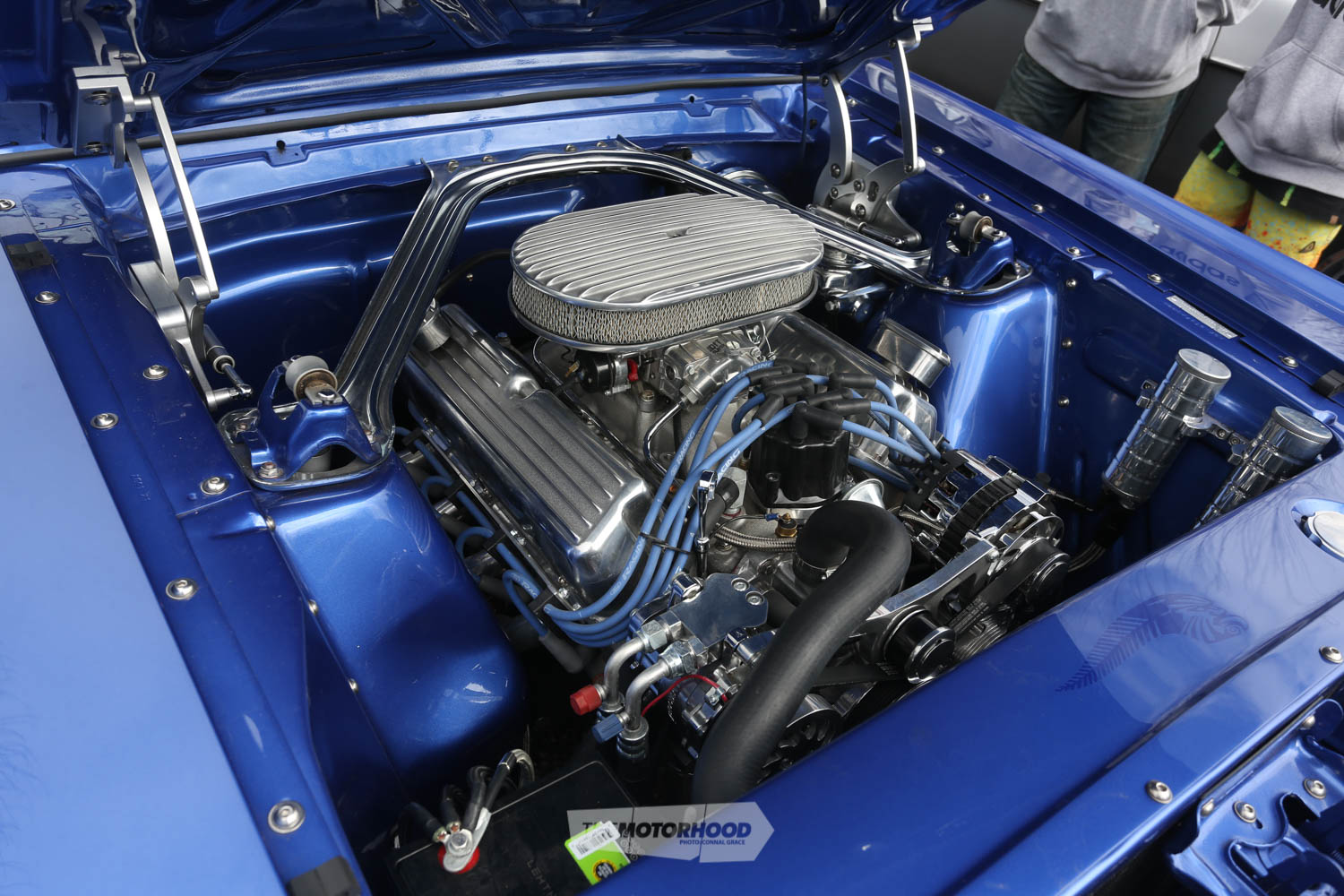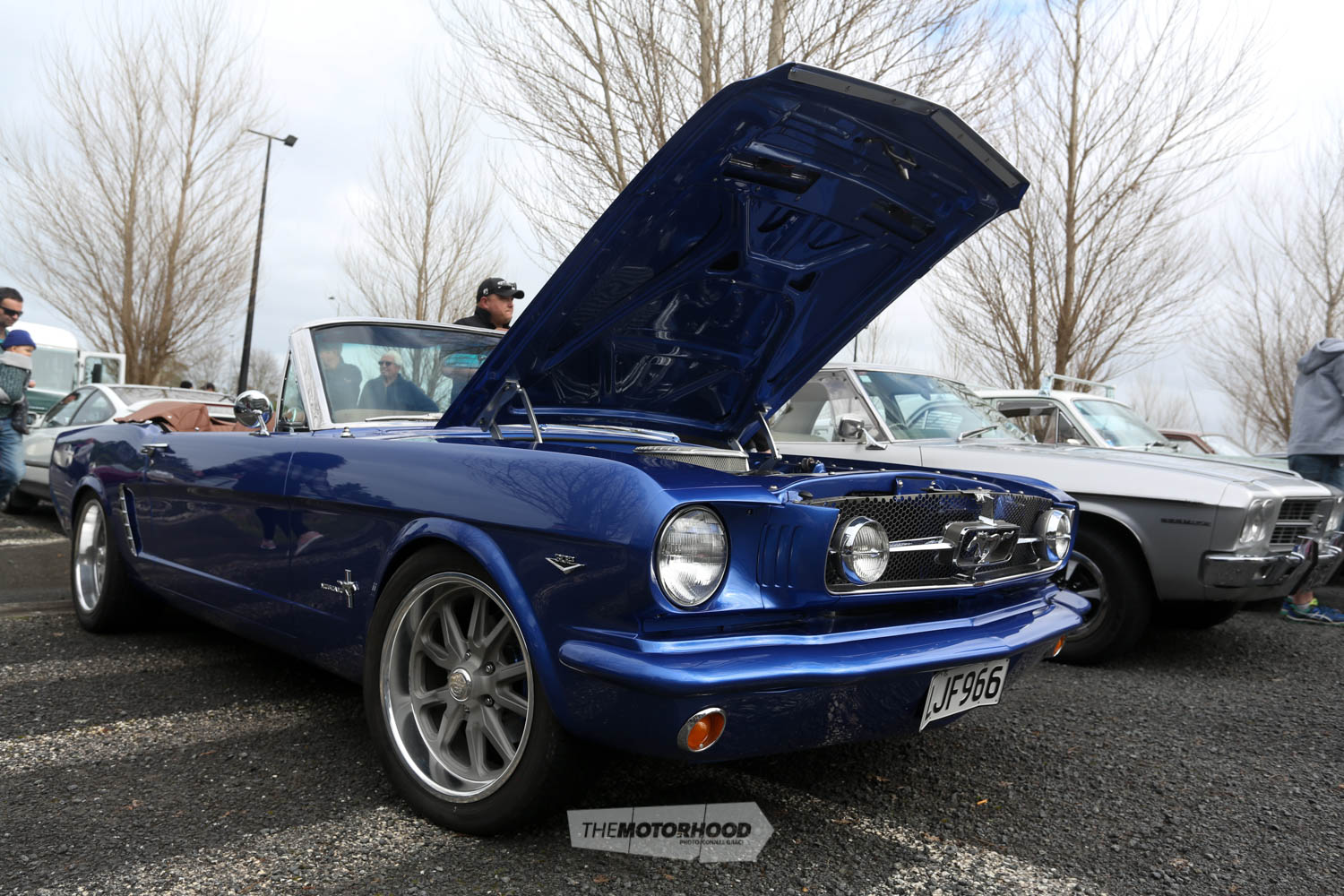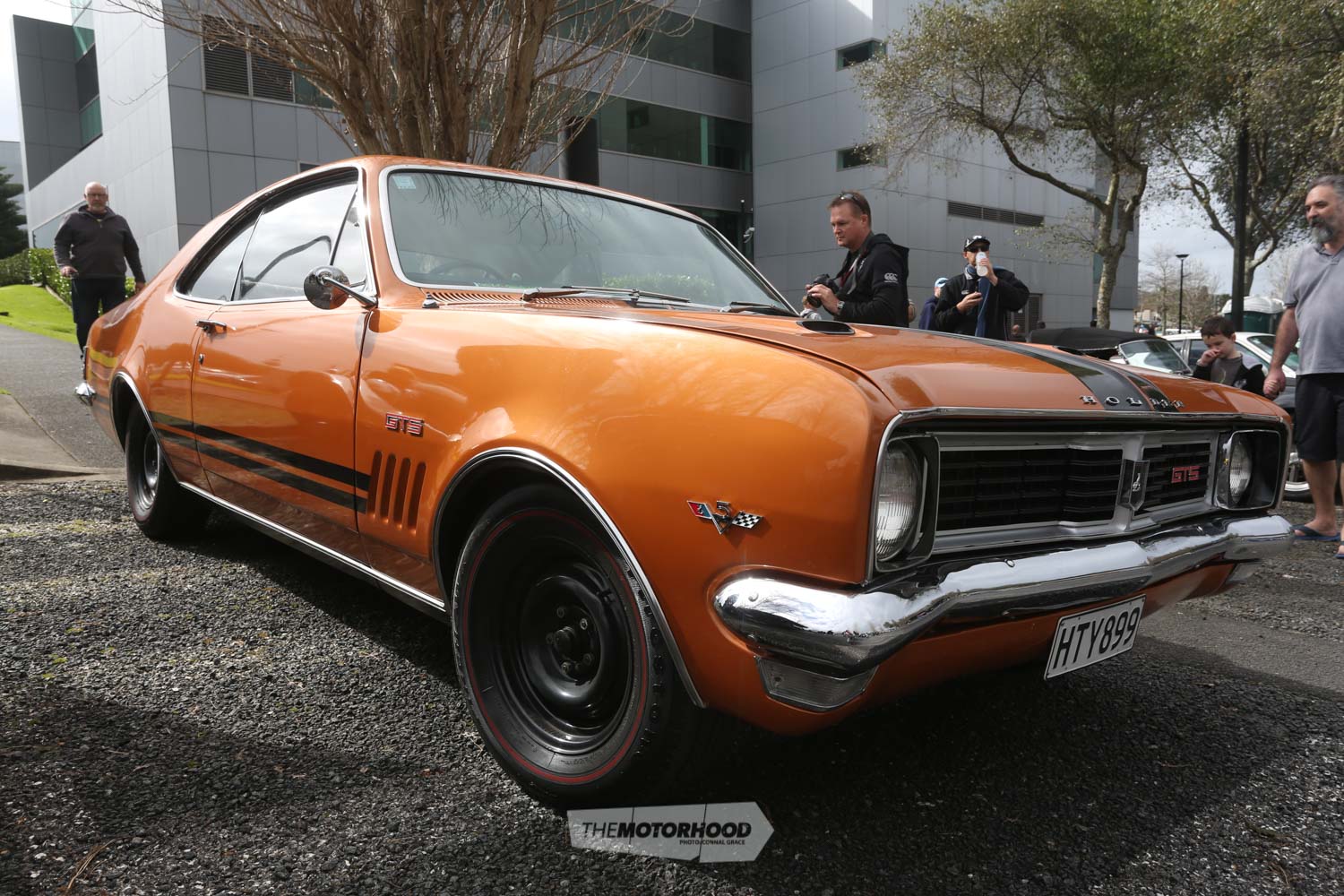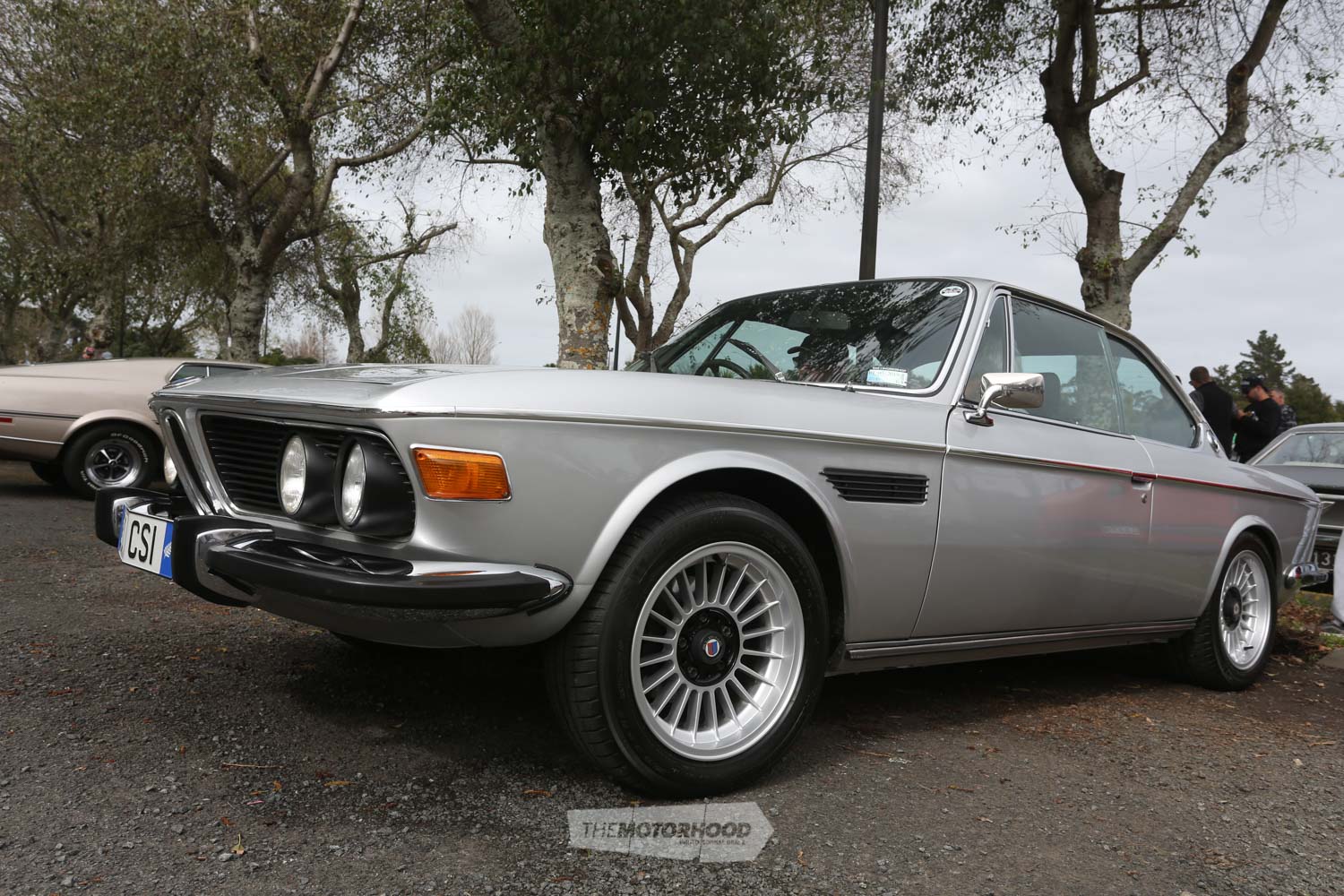The monthly Caffeine & Classics meeting should suffice without an introduction, if you’re in the position to be reading this. It’s a pretty standard formula, and one that the team from Protecta Insurance kicked off over five years ago, becoming a pretty much self-governing event that happens like clockwork — the morning of the last Sunday of each month at Smales Farm Business Park in Auckland is Caffeine & Classics time.
Of course, like everything that does well — or better than ever intended — the event grew into a bit of a monster, taking over the entire Smales Farm premises, and the relaxed ‘first in, best dressed’ entry began to cause organizers a few headaches.

Diplomatically, they announced a few changes on social media, to bring the ‘classics’ back to Caffeine & Classics. Essentially, they decided to implement a blanket admission policy, with ‘classic’ cars defined as those at least 30 years old, or newer cars that fit the intention of the meeting — scratch-built, obscure, or exotic. It’s not a difficult concept to grasp, but a handful took the chance to fixate solely on the ‘30 years’ part, decrying the event and promising that it would wither away to nothing as a result of this unacceptable change.
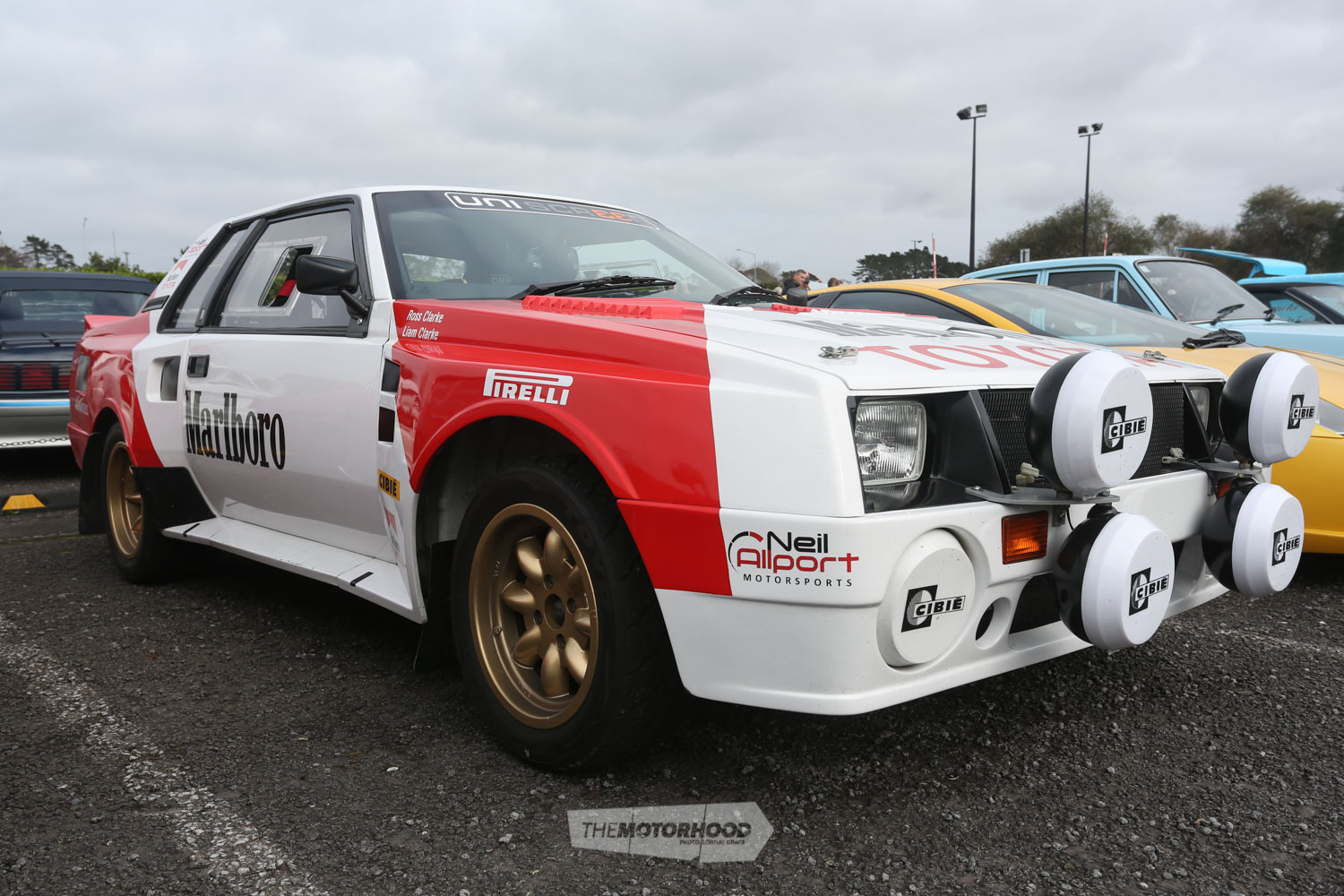
But it’s easy to be the voice of dissent on an open forum like Facebook. How would things actually go, in light of the drive to make the event a bit less of an automotive free-for-all?
As it turned out on Sunday, 26 August, things were just fine. The grounds were full without overflowing, and spectators still showed up in droves, despite there being no on-site parking for the public.
As for the cars? We’ll let this small selection of photos speak for themselves, but at the risk of falling into editorial cliché, there truly was something for everyone. We’ll see you there at the next one — something tells us the monthly Caffeine & Classics isn’t going anywhere.



